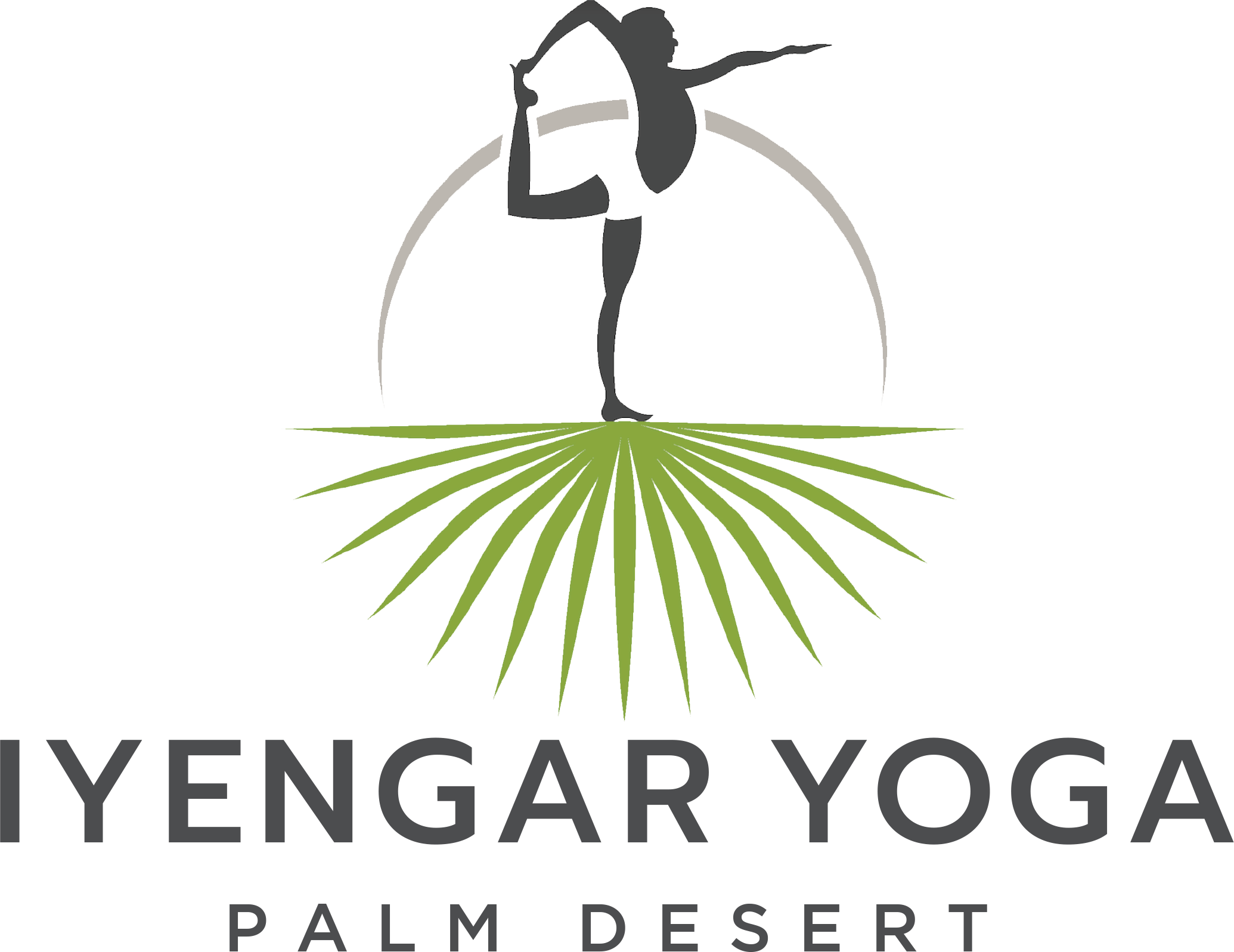What is Iyengar Yoga?
Iyengar Yoga is the world’s most widely practiced method of yoga that was developed and taught by Yogacharya B.K.S. Iyengar. He has made yoga accessible and relevant to people everywhere, no matter what their physical or mental ability. The system of teaching is methodical and progressive, emphasizing detailed correctness and absolute safety. He is the author of the classic yoga book “Light on Yoga”. RIMYI memorial yoga institute in Pune, is the birthplace of Iyengar Yoga. Geeta (+ December 16, 2018) and Prashant Iyengar are also world famous teachers and authors of Yogic texts. The Iyengar method has systematically evolved precise postures and breathing techniques with a firm basis in the Yogic philosophy. When necessary, students use props to progress safely. Beginners work in a basic way on simple postures according to their capacity. As a student develops they move on to more refined ways or working as well as moving towards the more complex postures.
Yoga is for everyone. No one is too old or too stiff, too fat too thin, or too tired. A certified Iyengar Yoga teacher can guide students of all ages and physical conditions to an experience of yoga, which is safe, accessible and rewarding.
Certified Iyengar Yoga teachers are held to an unusually rigorous standard. Only after years of training and evaluation do they become certified - CIYT’s.
Iyengar Yoga teachers modify the classic asanas (yoga postures) for individual students with the use of props — such as blocks, blankets and belts. Props allow for a deeper penetration into the posture, as well as a longer stay. This allows students to form a greater understanding of alignment in the postures and encourages developing body awareness.
Iyengar Yoga teachers use their deep-seated knowledge of the asanas to individualize corrections for each student. Students know they are observed and, if necessary, adjusted. Clear demonstrations of the posture. A well-developed eye. Specific teaching points which awaken the body’s intelligence — these are the marks of an Iyengar Yoga teacher.
Students of Iyengar Yoga begin with elementary postures, with an emphasis on the standing asanas (postures). In time, other postures are added, including forward bends and back bends, twists, inversions and restorative poses. Salamba Sarvangasana (Shoulder Balance) is introduced as soon as students are ready because of its many therapeutic benefits. Each class ends with Savasana, corpse pose or deep relaxation. Students learn to rest in a profound way, completely releasing the body while drawing the mind towards the peace within.
As the student progresses, Pranayama (the control of the breath) is introduced.
Teachers devise sequences of poses, which build skill and understanding, from posture to posture, and from class to class. Students are encouraged to develop their own home practice; without one, the study of yoga is incomplete.


